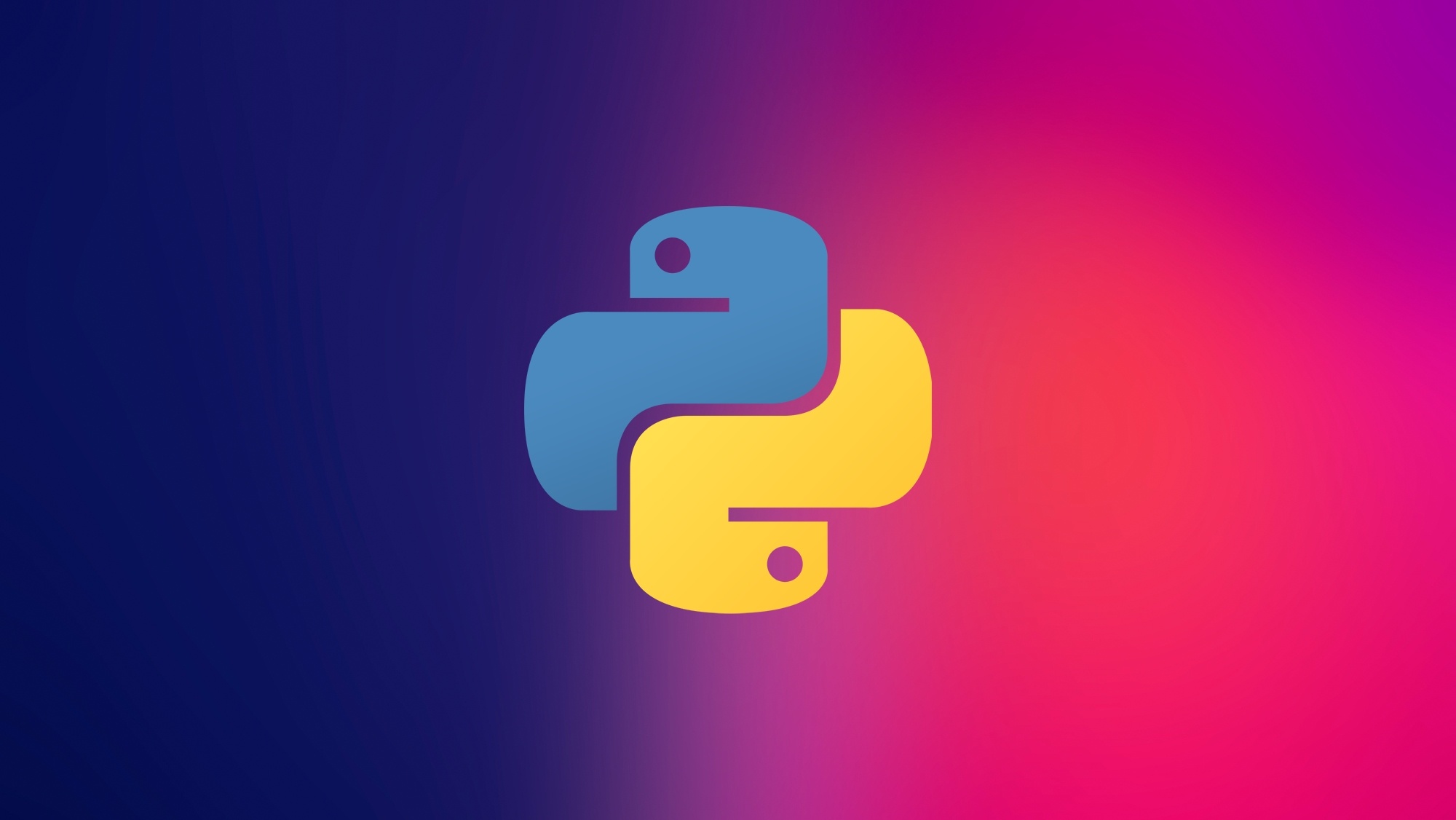多线程操作在涉及网络编程常常用到,学习一下。本文使用threading库
常用函数
1 2 3 4 5 6 7 8 9 10 import threadingprint (threading.current_thread())print (threading.active_count())print (threading.main_thread().name)
创建线程
1 2 3 4 5 6 7 8 9 10 11 12 13 14 15 16 17 18 19 20 21 22 23 24 25 26 27 28 29 30 import threadingimport timedef thread_body (): t = threading.current_thread() for i in range (3 ): print ("线程{0}运行第{1}次" .format (t.name, i)) time.sleep(1 ) print ("线程" + t.name + "运行完成" ) def main (): t1 = threading.Thread(target=thread_body) t1.start() t2 = threading.Thread(target=thread_body) t2.start() if __name__ == "__main__" : main() """线程Thread-1运行第0次 线程Thread-2运行第0次 线程Thread-1运行第1次 线程Thread-2运行第1次 线程Thread-1运行第2次 线程Thread-2运行第2次 线程Thread-1运行完成 线程Thread-2运行完成 """
或者修改run方法
1 2 3 4 5 6 7 8 9 10 11 12 13 14 15 16 17 18 19 20 21 22 23 24 25 26 27 28 29 30 31 32 33 34 import threadingimport timeclass MyThread (threading.Thread): def __init__ (self, name=None ): super ().__init__(name=name) def run (self ): t = threading.current_thread() for i in range (3 ): print ("线程{0}运行第{1}次" .format (t.name, i)) time.sleep(1 ) print ("线程" + t.name + "运行完成" ) def main (): t1 = MyThread() t1.start() t2 = MyThread() t2.start() if __name__ == "__main__" : main() """线程Thread-1运行第0次 线程Thread-2运行第0次 线程Thread-1运行第1次 线程Thread-2运行第1次 线程Thread-1运行第2次 线程Thread-2运行第2次 线程Thread-1运行完成 线程Thread-2运行完成 """
线程管理
等待线程结束
1 2 3 4 5 6 7 8 9 10 11 12 13 14 15 16 17 18 19 20 21 22 23 24 25 26 27 28 29 30 31 32 33 34 35 36 37 38 39 40 41 42 43 44 45 46 47 48 import threadingimport timevalue = 0 def thread_body (): global value t = threading.current_thread() for i in range (3 ): print ("线程{0}运行第{1}次" .format (t.name, i)) value += 1 time.sleep(1 ) print ("线程" + t.name + "运行完成" ) def main (): print ("主线程开始..." ) t1 = threading.Thread(target=thread_body) t1.start() t1.join() print ("主线程结束, value为 " + str (value)) if __name__ == "__main__" : main() """主线程开始... 线程Thread-1运行第0次 线程Thread-1运行第1次 线程Thread-1运行第2次 线程Thread-1运行完成 主线程结束, value为 3 """ """主线程开始... 线程Thread-1运行第0次 主线程结束, value为 1 线程Thread-1运行第1次 线程Thread-1运行第2次 线程Thread-1运行完成 """
线程停止
1 2 3 4 5 6 7 8 9 10 11 12 13 14 15 16 17 18 19 20 21 22 23 24 25 26 27 28 29 30 31 32 import threadingimport timeisRunning = True def thread_body (): global isRunning while isRunning: print ("下载中..." ) time.sleep(5 ) print ("下载完成" ) def main (): t1 = threading.Thread(target=thread_body) t1.start() command = input ('输入y停止: ' ) if command == 'y' : global isRunning isRunning = False if __name__ == "__main__" : main() """下载中... 输入y停止: 下载中... y 下载完成 """
线程安全
数据共享
使用lock互斥锁保证售出过程中只有一个线程运行,主要使用threading的lock对象
lock.acquire()锁定
lock.release()释放
1 2 3 4 5 6 7 8 9 10 11 12 13 14 15 16 17 18 19 20 21 22 23 24 25 26 27 28 29 30 31 32 33 34 35 36 37 38 39 40 41 42 43 44 45 46 47 48 49 50 51 52 53 54 55 56 57 58 59 60 61 62 63 64 65 66 67 68 69 70 71 72 73 74 75 76 77 78 79 80 81 82 83 import threadingimport timeclass TicketDB : def __init__ (self ): self.ticket_count = 5 def get_ticket_count (self ): return self.ticket_count def sell_ticket (self ): time.sleep(1 ) print ("第{0}号票,已经售出" .format (self.ticket_count)) self.ticket_count -= 1 db = TicketDB() lock = threading.Lock() def thread1_body (): global db, lock while True : lock.acquire() curr_ticket_count = db.get_ticket_count() if curr_ticket_count > 0 : db.sell_ticket() else : lock.release() break lock.release() time.sleep(1 ) def thread2_body (): global db, lock while True : lock.acquire() curr_ticket_count = db.get_ticket_count() if curr_ticket_count > 0 : db.sell_ticket() else : lock.release() break lock.release() time.sleep(1 ) def main (): t1 = threading.Thread(target=thread1_body) t1.start() t2 = threading.Thread(target=thread2_body) t2.start() if __name__ == '__main__' : main() """第5号票,已经售出 第4号票,已经售出 第3号票,已经售出 第2号票,已经售出 第1号票,已经售出 """
线程间通信
使用Condition
wait(timeout=None) 阻塞等待被唤醒或者超时
notify() 唤醒相同条件变量的一个线程
notify_all() 唤醒相同条件变量的所有线程
1 2 3 4 5 6 7 8 9 10 11 12 13 14 15 16 17 18 19 20 21 22 23 24 25 26 27 28 29 30 31 32 33 34 35 36 37 38 39 40 41 42 43 44 45 46 47 48 49 50 51 52 53 54 55 56 57 58 59 60 61 62 63 64 65 66 67 68 69 70 71 72 73 74 75 76 77 78 79 80 81 82 83 84 85 86 87 88 89 90 91 92 93 94 95 96 97 98 99 100 101 102 103 104 105 106 107 108 109 110 111 112 113 114 import threadingimport timecondition = threading.Condition() class Stack : def __init__ (self ): self.pointer = 0 self.data = [-1 , -1 , -1 , -1 , -1 ] def push (self, c ): global condition condition.acquire() while self.pointer == len (self.data): condition.wait() condition.notify() self.data[self.pointer] = c self.pointer += 1 condition.release() def pop (self ): global condition condition.acquire() while self.pointer == 0 : condition.wait() condition.notify() self.pointer -= 1 data = self.data[self.pointer] condition.release() return data stack = Stack() def producer_thread_body (): global stack for i in range (0 , 10 ): stack.push(i) print ('生产:{0}' .format (i)) time.sleep(1 ) def consumer_thread_body (): global stack for i in range (0 , 10 ): x = stack.pop() print ('消费:{0}' .format (x)) time.sleep(1 ) def main (): producer = threading.Thread(target=producer_thread_body) producer.start() consumer = threading.Thread(target=consumer_thread_body) consumer.start() if __name__ == '__main__' : main() """生产:0 消费:0 生产:1 消费:1 生产:2 消费:2 生产:3 消费:3 生产:4 消费:4 生产:5 消费:5 生产:6 消费:6 生产:7 消费:7 生产:8 消费:8 生产:9 消费:9 """
可见消费和生产是同步的
使用Event
wait(timeout=None) 阻塞进程
set() 使等待状态的进程恢复运行
不需要互斥锁
1 2 3 4 5 6 7 8 9 10 11 12 13 14 15 16 17 18 19 20 21 22 23 24 25 26 27 28 29 30 31 32 33 34 35 36 37 38 39 40 41 42 43 44 45 46 47 48 49 50 51 52 53 54 55 56 57 58 59 60 61 62 63 64 65 66 67 68 69 70 71 72 73 74 75 76 77 78 79 80 81 82 83 84 85 86 87 88 import threadingimport timeevent = threading.Event() class Stack : def __init__ (self ): self.pointer = 0 self.data = [-1 , -1 , -1 , -1 , -1 ] def push (self, c ): global event while self.pointer == len (self.data): event.wait() event.set () self.data[self.pointer] = c self.pointer += 1 def pop (self ): global event while self.pointer == 0 : event.wait() event.set () self.pointer -= 1 data = self.data[self.pointer] return data stack = Stack() def producer_thread_body (): global stack for i in range (0 , 10 ): stack.push(i) print ('生产:{0}' .format (i)) time.sleep(1 ) def consumer_thread_body (): global stack for i in range (0 , 10 ): x = stack.pop() print ('消费:{0}' .format (x)) time.sleep(1 ) def main (): producer = threading.Thread(target=producer_thread_body) producer.start() consumer = threading.Thread(target=consumer_thread_body) consumer.start() if __name__ == '__main__' : main()




